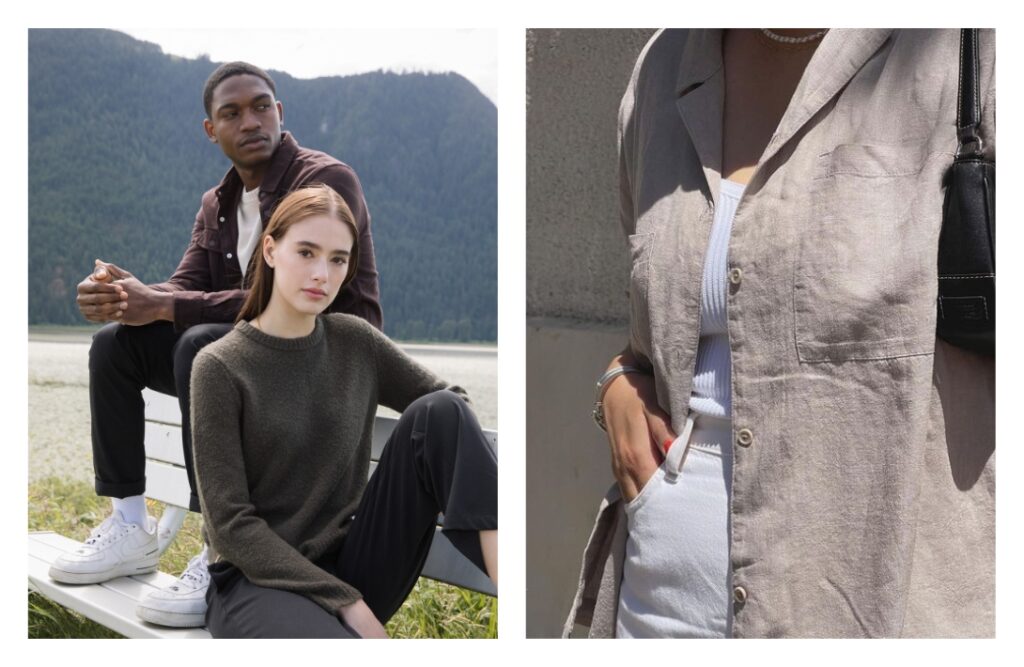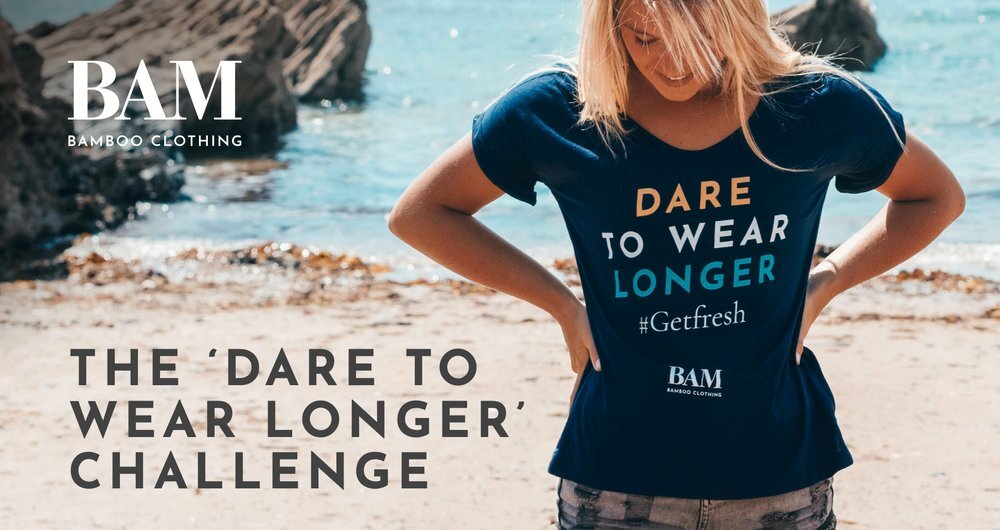Free News On Choosing Bamboo Clothes
Wiki Article
What Are The Advantages Of Hemp Fibres That Are Low Impact Clothing That Is Sustainable?
The hemp clothing made of low-impact fiber provides numerous environmental advantages in comparison to clothing made from other materials. They include synthetic fibers, cotton and traditional cotton. Hemp clothing has numerous environmental benefits. It is fast growing and requires minimal water, pesticides, or herbicides when compared to other crops. Hemp is able to adapt to different climates and soil types and climates, which decreases the requirement for chemical fertilizers in agriculture.
Reduced Water UsageReduced Water Usage Hemp generally requires less water than cotton, which is renowned for its heavy water consumption. Hemp is a water-efficient choice to make clothing.
Hemp can be grown in most instances without the use of pesticides or herbicides that are synthetic. This has a lower impact on the environment than chemical farming.
Hemp helps improve soil health due to its deep roots which stop erosion and compaction. It also leaves the soil in better shape for future crops.
Biodegradability Hemp fibers are naturally degraded and can be biodegraded over time. Comparatively, synthetic fibers including polyester are able to decompose in a matter of hundreds of year.
Lower Carbon Footprint Hemp fibers are created with a lower carbon foot print that synthetic materials. Hemp also acts as an absorber of carbon dioxide through the absorption of carbon dioxide from air during the process of growing.
Hemp clothing is known for its durability and wear-and-tear. The best hemp clothing can last several years. This means that you won't need to replace them often and will reduce the amount of the amount of waste.
Hemp plants are naturally intolerant against pests. This eliminates the need for pesticides.
Hemp is a flexible fabric that can be used to make clothing, bags or accessories.
Regenerative Agriculture: Certain sustainable farming practices use hemp in regenerative systems of agriculture that aim to restore ecosystems and improve their functioning while also producing crops. This has positive environmental benefits.
While hemp offers many advantages for the environment, its sustainability is also affected by other aspects, such as the transport, dyeing process and consumer behaviour. As in any sector, there are different methods of production and the standards. Therefore, it is crucial to find organic hemp clothing or certified hemp clothing. This will give you the greatest environmental benefit. Read the most popular hemp clothes for site advice including hemp denim, hemp button down shirt, hemp trousers, hemp button shirt, patagonia iron forge pants, hemp swimsuit, hemp sweatshirt, organic hemp fabric, hemp tee shirts, patagonia hemp work pants and more.

What Gives Hemp Fibers Breathable And Moisture-Wicking Properties, As Well As Thermoregulatory?
Hemp fibers possess breathable, thermoregulating, and moisture-wicking properties due to their unique chemical and structural properties. These properties are due to the following aspects. Microscopical structure Hemp is characterized by hollow, porous fiber that allows air flow within it. Hemp textiles are highly air-tight due to their porosity. The structure is weaved into fabrics so that air can flow through. This improves airflow and keeps moisture and heat from accumulating on the skin.
Hemp fibers absorb moisture and wick away. Hemp is hydrophilic which means it has a strong affinity for water. When you wear hemp clothes the fibers take sweat and moisture off your skin, eliminating the feeling of being wet. Moreover hemp fibers are very effective in wicking away moisture from the body, dispersing it over a wider of the fabric which allows it to evaporate faster. During physical activities and in hot temperatures, this capability to wick away moisture helps keep you cool and dry.
Thermoregulation- Hemp fibers possess natural insulation properties. They can trap heat close to the body when it's cold, thereby providing warmth. If it's hot, they let the heat and moisture to out. This helps to cool the body. This inherent thermoregulatory ability makes hemp clothing appropriate for a variety of temperatures and sports.
Hemp fibers contain natural antimicrobial qualities that help prevent the growth odor-causing bacteria. This is a factor that contributes to the freshness, and also odor resistance of hemp clothing.
Hemp fibers have a long life span and are durable. That means hemp clothes can endure repeated washing and wear without losing breathability or the ability to wick moisture. The long-lasting properties of hemp clothing increases its lifespan, which reduces the need to replace it as well as the environmental impact.
UV Protection- Hemp fibers provide a degree of organic UV protection, shielding the skin from harmful ultraviolet radiation. The UV blocker adds hemp clothing's versatility, making it suitable for activities outdoors.
These characteristics of hemp are inherent and not dependent on any additives or chemical treatments. Hemp clothing is breathable, durable and sustainable due to its natural characteristics. It's a fantastic option for activewear for outdoor wear, as well as clothing suitable for hot temperatures. The hemp's natural properties remain even after the fibers have been processed and then woven into textiles. These fibers are suitable for environmentally friendly and practical clothes. Read the top hemp clothes url for website advice including hemp clothing near me, hemp golf shirts, 100 hemp shirt, hemp hoodie, hemp underwear, organic hemp fabric, hemp sportswear, hemp jacket, hemp clothing womens, hemp jacket and more.

What are differences between Bamboo and hemp fibers?
There are a variety of differences between hemp and bamboo and bamboo, as well as their distinct characteristics. Below are the key differences between bamboo and hemp fibers. Plant Source-
Hemp fibers come from the outer bast fibres in the stalks. Hemp is a versatile plant that grows quickly and has been used in the production of different products for centuries.
Bamboo fibers are made of bamboo pulp. Bamboo is a species of grass with rapid growth as well as for its capacity to regenerate rapidly.
2. Fiber Characteristics
Hemp- Hemp's fibers are highly durable and strong. These are the strongest of all the natural fibers. With each wash they soften up which makes them suitable for clothing that lasts for a long period of time.
Bamboo Bamboo fibers are exceptionally soft and smooth. They also have a silky feel. These fibers may be softer and less durable than hemp, but they are valued for their ease of use.
3. Texture and Feel-
Hemp- Hemp has a somewhat coarse texture, particularly when it is in its natural state. While it can be a comfortable fabric, the texture is distinct from bamboo.
Bamboo- Bamboo material is smooth, soft, and silky. It is described as feeling like cotton and silk.
4. Breathability is important, as well as moisture-wicking.
Hemp- Hemp fibres are naturally breathable, moisture-wicking and allow air circulation. They absorb moisture and enable air circulation. They help you stay cool and drier in hot temperatures.
Bamboo is also very permeable, and it is able to wick away moisture. They also have micro-gaps which increase their ability to regulate moisture and temperature, keeping you comfortable in various conditions.
5. Environmental Impact-
Hemp Hemp is an environmentally friendly fiber due to of its fast increase in growth, its low requirements for water, and its resistance against pests. These elements help reduce the need for herbicides and pesticides. Hemp is also able to absorb carbon through its growth process.
Bamboo- Bamboo is famous for its environmental sustainability. It is fast-growing, uses less water, and can be cultivated without pesticides or herbicides. Certain bamboo varieties, such as Moso bamboo are extremely sustainable.
6. Processing-
Hemp- Hemp requires extensive processing to separate its bast fibers (outer woody core) from the woody inner fibers. The processing may include retting, or decortication.
Bamboo The bamboo fibers are usually produced through a chemical procedure called the viscose or rayon process. This process involves breaking down bamboo pulp by using chemical. This process can create environmental issues if not handled properly, some bamboo fabrics use closed-loop systems to reduce the waste of chemicals.
7. Versatility-
Hemp- Hemp is versatile and has many uses, including clothing, building materials, textiles.
Bamboo- Bamboo is typically used in the production of textiles and clothing. But, it may also appear in other products such as bed linens and towels.
In sum Both bamboo and hemp provide unique characteristics and sustainable benefits. Choose between hemp and bamboo according to the qualities and characteristics you're looking for and your environmental preferences. View the recommended our website about bamboo clothes for site examples including bamboo newborn clothes, lisa frank bamboo pajamas, bamboo onesies, bamboo trousers women, ladies bamboo t shirts, bamboo ladies clothing, bamboo childrens clothing, shakuhachi clothes, cheapest bamboo pajamas, halloween bamboo pajamas and more.
